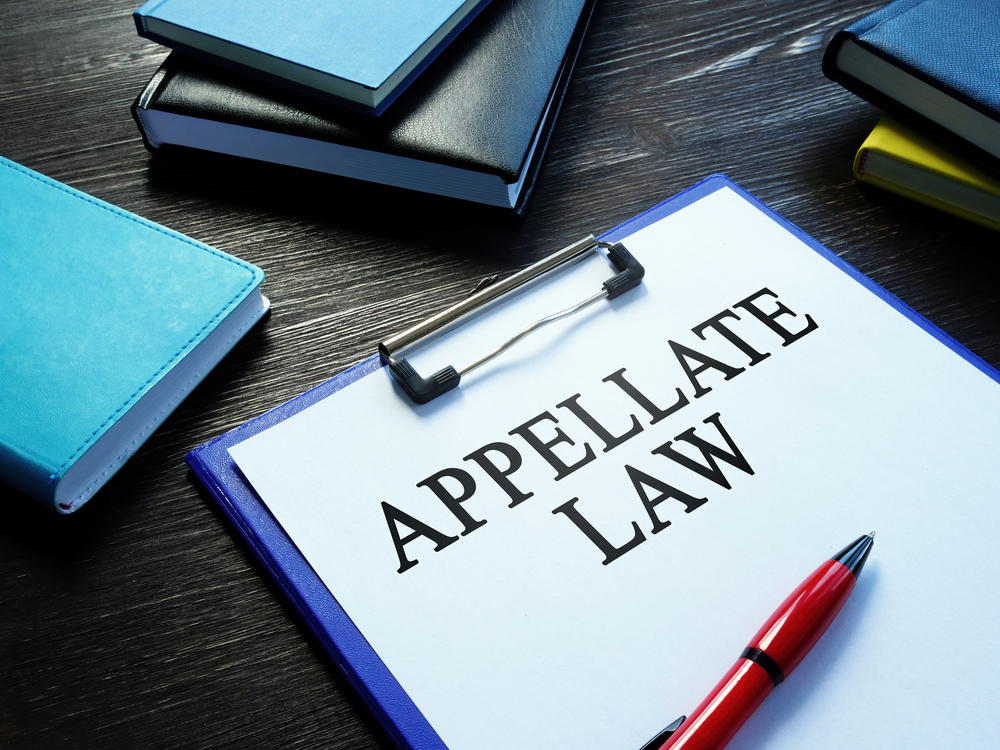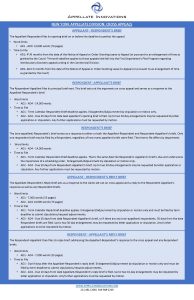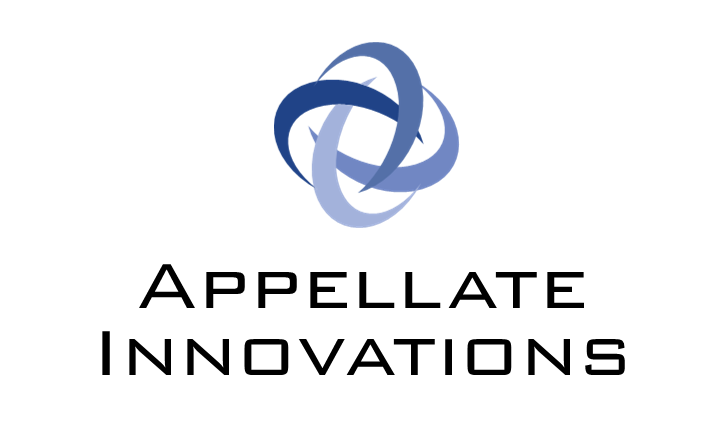
18 May A Guide to Cross-Appeals and Concurrent Appeals in the New York Appellate Division

Cross appeals and concurrent appeals present unique circumstances that require consideration and planning by counsel from the outset of taking an appeal.
A cross-appeal occurs when two or more notices of appeal are filed in connection with the same order or judgment by parties whose interests are opposed. Whereas, in a concurrent appeal, two or more parties file notices of appeal as to the same order or judgment but their interests are not conflicting as to the issues on appeal.
In both cross and concurrent appeals, a joint-record or appendix must be filed, and the costs are split equally among the appellants.
In a concurrent appeal, the briefing schedule is the same as in a regular appeal. The co-appellants perfect together, filing the joint record or joint appendix and their individual opening briefs within 6 months of the latest notice of appeal or order granting enlargement.
Enlargement requests are handled as in the normal course for both concurrent and cross-appeals.
Respondents in the concurrent appeal will then have thirty days to file an opposition brief or, in First Department appeals, the time set forth by the Court’s term calendar. Only one opposition brief is permitted per respondent party regardless of how many appellant briefs are filed and the 14,000-word count limit is enforced. Should a respondent feel they require a larger word allowance to adequately reply they will need to file a letter application seeking leave to file an oversized brief, attaching the proposed brief and indicating the proposed word count.
Reply briefs by the co-appellants will be filed ten days after the respondent brief(s) or, for First Department appeals, within the time permitted by the Court’s term calendar.
For cross-appeals, the briefing is not as straightforward and, depending on the department, your position as Appellant-Respondent or Respondent-Appellant can impact the amount of time you get to file, as well as the word count allowance for your reply brief. As a non-appellant or pure Respondent, your deadline to file also varies by department. The chart below summarizes these differences.

The presumed advantages to having a higher word count allowance and more time to file on reply, can create a “race to the courthouse” where the appellants will try to perfect their appeal first to take the Appellant-Respondent role, thereby getting an additional 20 days and 7,000 words on reply.
Recognizing that communication is best to avoid such scenarios, in addressing cross-appeals, the Statewide Practice Rules start by stating that “[t]he appealing parties shall consult and make best efforts to stipulate to a briefing schedule.” A briefing schedule must provide the parties’ proposed deadlines to file their respective briefs. While a briefing stipulation cannot extend the time to perfect the appeal beyond the 60- and 30-day enlargements, it can provide more time for the respondent and reply briefs to be filed. When preparing a briefing schedule stipulation for First Department appeals, the Respondent-Appellant’s reply brief must be filed no later than 9 days after the term reply brief deadline to remain on a term.
It is prudent to communicate with your cross- and co-appellants to coordinate a briefing schedule and to discuss the preparation of your joint record or appendix. This can avoid conflicts such as having two or more parties preparing records on appeal, disputing the contents of a joint record, or having a party drop their appeal after a joint record has already been prepared. It can also avoid the confusion of having the parties to the appeal file their briefs prematurely or out of time.
If you have questions about your cross or concurrent appeals, contact Appellate Innovations today. Our experienced Appellate Consultants can guide you through the intricacies of the New York Appellate Division and the rules specific to the department where your appeal is pending.
The information contained in this blog is provided for informational purposes only. This information should not be construed as legal advice on any subject matter. You should not act or refrain from acting on the basis of any content included in this blog without seeking legal or other professional advice.
Natalia Williamson
Senior Appellate Consultant
APPELLATE INNOVATIONS
1 Barker Avenue, Suite 305
White Plains, NY 10601
Phone: (914) 948-2240






No Comments